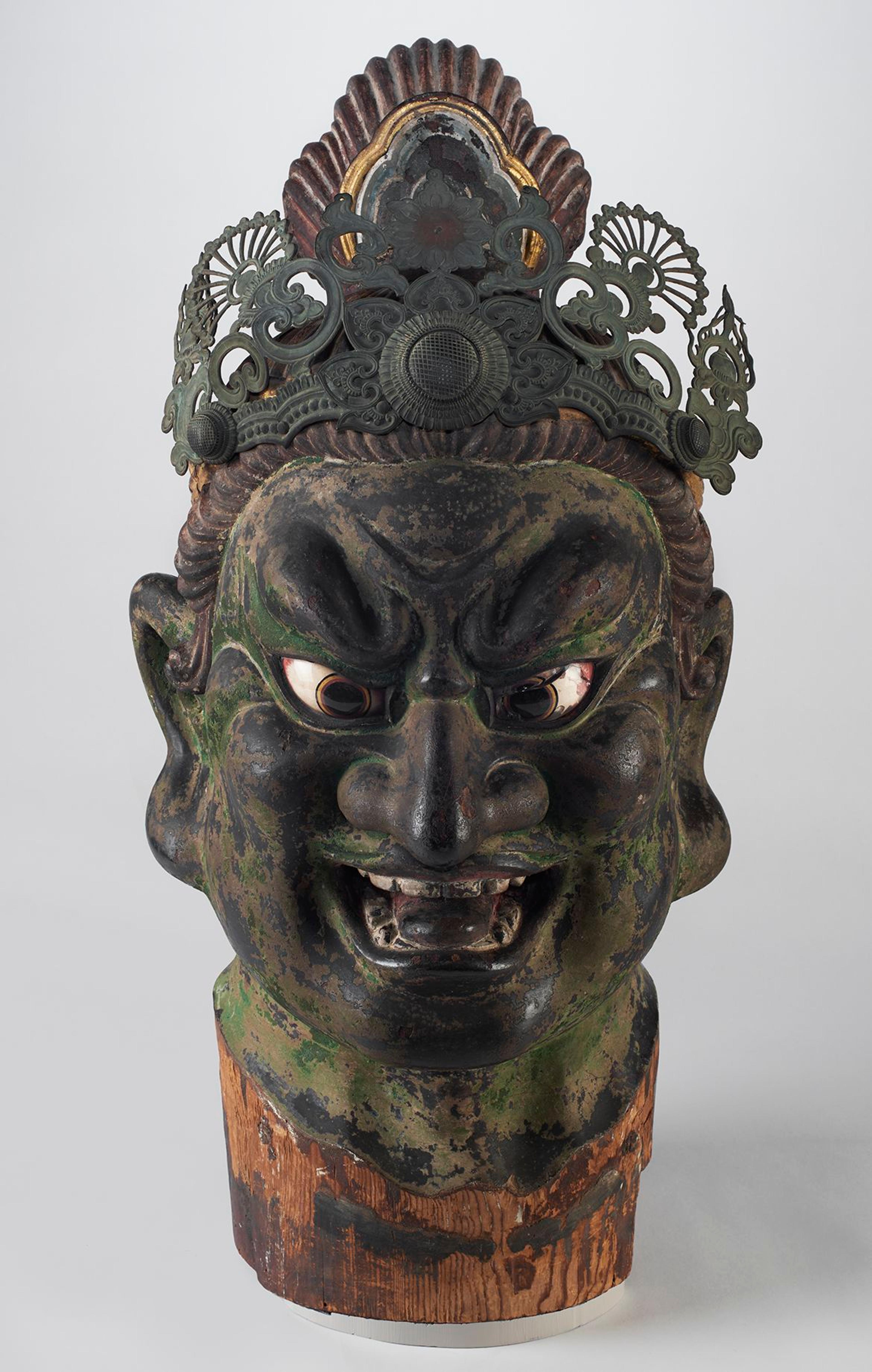Cherry Blossom Viewing Picnic
1 of 6
About this Brooklyn Icon
The Brooklyn Museum is commemorating its 200th anniversary by spotlighting 200 standout objects in its encyclopedic collection.
This 17th-century folding screen is one of the earliest examples of ukiyo-e, a genre of Japanese art that celebrates entertainments available to ordinary people. The screen shows low-level samurai warriors traveling to a spring picnic in the company of sex workers. Japanese artists had portrayed the cherry blossom season for centuries, but never before had they focused on such an undistinguished and modern group of revelers.
The subject forecasts a dramatic change that was just beginning when the screen was made: Japanese high culture, once available only to aristocrats, was reaching new audiences thanks to prosperity and urbanization in the Edo period. The growing upper middle class emulated the elite’s practices and tastes, but they also introduced new styles and subjects for theater, poetry, and visual arts.
Ukiyo-e, or “Images of the Floating World,” was one such innovation. The genre was not named until much later, but this screen’s subject matter—especially the fashionably dressed sex workers—is similar to that of 18th- and 19th-century ukiyo-e paintings and woodblock prints. Decorated with gold leaf, the screen was expensive and likely commissioned by someone of a much higher class than the people depicted. It is hard to imagine why the patron chose this subject, but it was certainly ahead of its time.
Object Label
The Cherry Blossom Viewing screen can be considered a very early prototype for ukiyo-e painting (literally, "pictures of the floating world"). Better known from woodblock prints, ukiyo-e portrays popular actors, beautiful women, famous sites, and such popular diversions as the springtime tradition of cherry blossom viewing. The highly fashionable crowd making its way across the screen is actually professional pleasure women (yujo) and their clients, who are low-ranking samurai. While the scene carries various levels of meaning, romance is implied by the action of a woman extending a branch of cherry blossoms with a poem strip (tanzaku) to the men following behind.
Caption
Cherry Blossom Viewing Picnic, ca. 1624–1644. Ink, color and gold leaf on paper, Overall: 39 3/8 x 105 7/8in. (100 x 268.9cm) Other: 33 9/16 x 86 1/2in. (85.2 x 219.7cm) Image (outer panel): 33 7/8 x 20 1/2 in. (86 x 52.1 cm) Image (inner panel): 33 7/8 x 22 5/8 in. (86 x 57.5 cm). Brooklyn Museum, Gift of Frederic B. Pratt, 39.87. (Photo: Brooklyn Museum)
Tags
Gallery
Not on view
Collection
Gallery
Not on view
Collection
Title
Cherry Blossom Viewing Picnic
Date
ca. 1624–1644
Period
Edo Period, Kan'ei Era
Geography
Place made: Japan
Medium
Ink, color and gold leaf on paper
Classification
Dimensions
Overall: 39 3/8 x 105 7/8in. (100 x 268.9cm) Other: 33 9/16 x 86 1/2in. (85.2 x 219.7cm) Image (outer panel): 33 7/8 x 20 1/2 in. (86 x 52.1 cm) Image (inner panel): 33 7/8 x 22 5/8 in. (86 x 57.5 cm)
Credit Line
Gift of Frederic B. Pratt
Accession Number
39.87
Have information?
Have information about an artwork? Contact us at






